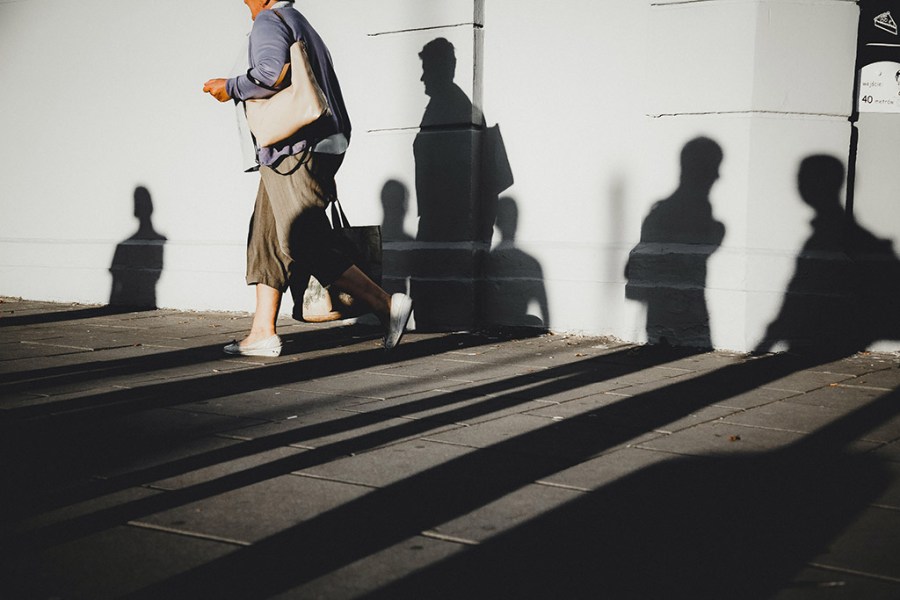Street Photographers Fundamentals Explained
Street Photographers Fundamentals Explained
Blog Article
Getting The Street Photographers To Work
Table of ContentsNot known Details About Street Photographers The Street Photographers DiariesStreet Photographers Things To Know Before You Get ThisStreet Photographers Can Be Fun For EveryoneRumored Buzz on Street Photographers
Road digital photographers do not necessarily have a social function in mind, yet they like to separate and catch moments which may otherwise go unnoticed.He was affected by several of those that affected the road photographers of the 1950s and '60s, he was not mainly interested in recording the spirit of the street. The impulse to visually document people in public started with 19th-century painters such as Edgar Degas, douard Manet, and Henri de Toulouse-Lautrec, that functioned side by side with professional photographers trying to capture the significance of urban life.
As a result of the fairly primitive technology offered to him and the lengthy direct exposure time called for, he had a hard time to catch the stress of the Paris streets. He try out a series of photographic methods, attempting to find one that would permit him to capture movement without a blur, and he found some success with the calotype, patented in 1841 by William Henry Fox Talbot. As opposed to Atget, professional photographer Charles Marville was employed by the city of Paris to create an encyclopaedic document of Haussmann's urban planning task as it unravelled, hence old and brand-new Paris. While the digital photographers' subject was essentially the exact same, the outcomes were significantly different, demonstrating the influence of the professional photographer's intent on the character of the images he created.
Street Photographers Fundamentals Explained
Offered the great quality of his photos and the breadth of material, engineers and artists often purchased Atget's prints to utilize as recommendation for their very own job, though industrial passions were hardly his main motivation. Rather, he was driven to photo every last remnant of the Paris he loved. The mingled enthusiasm and urgency of his objective luster through, causing photos that narrate his own experience of the city, qualities that expected street digital photography of the 20th century.

Unlike his peers, Brassa utilized a larger-format Voigtlnder camera with a much longer exposure time, requiring him to be a lot more calculated and thoughtful in his method than he might have been if utilizing a Leica. (It is believed that he might not have had the ability to afford a Leica during that time, yet he did, nevertheless, use one in the late 1950s to take colour photographs.) Brassa's photos of the Paris underworld lit up by fabricated light were a revelation, and the collection of the collection that he published, (1933 ), was a major success.

The 6-Minute Rule for Street Photographers
It is due to this fundamental understanding of the art of image taking that he is frequently attributed with finding the tool all over once more about a century because its innovation. He took pictures for more than a half century and influenced generations of professional photographers to trust their eye and instinct in the moment.
These are the concerns I shall try to address: And afterwards I'll leave you with my own interpretation of street photography. Yes, we do. Let's begin with defining what a meaning is: According to it is: "The act of specifying, or of making something precise, distinctive, or clear".
No, certainly not. The term is both restricting and deceiving. Seems like a street photography ought to be pictures of a streets best?! And all street professional photographers, besides a handful of absolute beginners, will totally appreciate that a street is not the vital part to road digital photography, and actually if it's an image of a road with possibly a couple of monotonous individuals not doing anything of rate of interest, that's not road digital photography that's a picture of a street.
An Unbiased View of Street Photographers
He makes a valid factor don't you believe? However, while I concur with him I'm not exactly sure "honest public photography" will capture on (although I do type of like the term "honest photography") because "street digital photography" has been around for a very long time, with several masters' names connected to it, so I think the term is right here to stay.
Inside?! I hear you yell as you tremble your fist to the skies. Why not? You can shoot at the coastline, at an event, in an alley, in a park, in a piazza, in a coffee shop, find more information at a gallery or art gallery, in a city station, at an occasion, on a bridge, under a bridge ...
Yes, I hesitate we have no selection! Without policies we can not have a meaning, and without a definition we do not have a genre, and without a style we do not have anything to define what we do, therefore we are embeded a "regulations meaning genre" loop! basics And no-one intends to obtain stuck in a loophole. - Street Photographers

Report this page